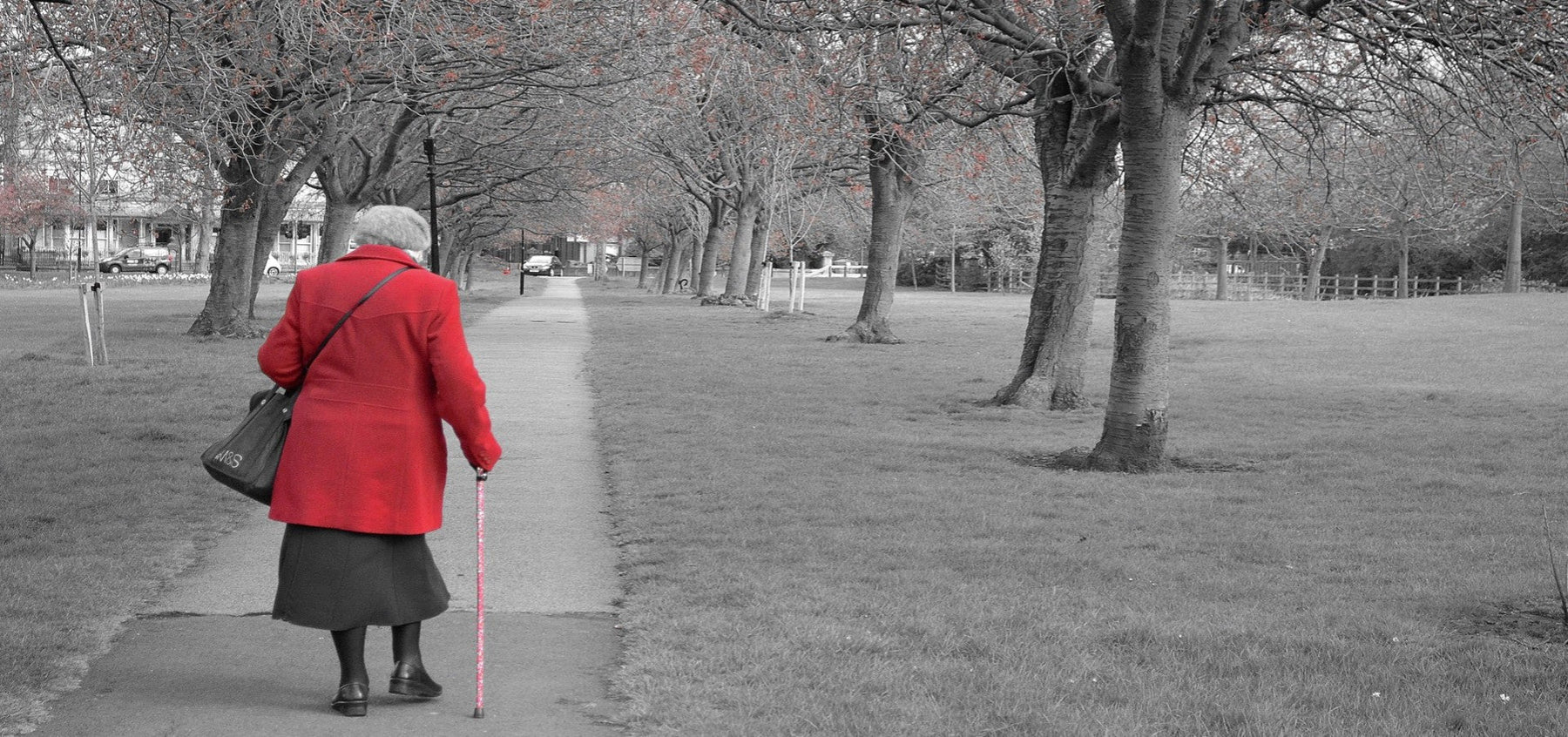
The Role of Walking in Improving Mobility and Overall Health for Older Adults
Walking is one of the simplest yet most effective ways for older adults to improve mobility and maintain overall health. As we age, joint stiffness, muscle weakness, and balance issues can make movement more challenging. However, incorporating a daily walking routine can enhance flexibility, strengthen muscles, and support cardiovascular health. Walking regularly has also been linked to better mental well-being, reducing the risk of cognitive decline and promoting an active lifestyle.
How Walking Improves Mobility for Older Adults
Maintaining mobility is essential for independence, and walking plays a crucial role in keeping the body agile. It strengthens leg muscles, improves coordination, and enhances flexibility, making daily movements such as standing, climbing stairs, and getting out of chairs easier. Walking also helps prevent falls, which are a leading cause of injury in older adults. Studies show that seniors who engage in regular walking routines have a lower risk of falls due to improved balance and posture.
Health Benefits of Walking for Older Adults
Walking offers numerous physical and mental health benefits, making it an ideal form of exercise for older adults. It supports heart health by improving circulation, reducing blood pressure, and lowering cholesterol levels. Walking also helps regulate blood sugar levels, making it an excellent activity for those managing diabetes. Additionally, it aids digestion and promotes a healthy metabolism.
Mental health benefits are equally significant. Walking outdoors increases exposure to sunlight, which boosts vitamin D levels and enhances mood. It also reduces stress, anxiety, and symptoms of depression. Regular physical activity has been linked to a lower risk of dementia and cognitive decline, keeping the brain sharp and improving memory.
Tips for Older Adults to Make Walking a Daily Habit
Starting a walking routine doesn’t require intense effort, but consistency is key. Begin with short walks and gradually increase duration and intensity. Wearing supportive footwear can prevent discomfort and reduce the risk of injury. Walking with a friend, joining a walking group, or using a pedometer to track steps can provide motivation and accountability.
To maximize benefits, choose safe and comfortable walking surfaces, such as parks, sidewalks, or indoor walking tracks. Hydration is essential, especially during warmer months, to prevent dehydration and fatigue. Stretching before and after walks can also help prevent muscle stiffness.
How Much Walking Is Enough?
Experts recommend that older adults engage in at least 150 minutes of moderate-intensity exercise per week, which translates to about 30 minutes of walking five days a week. For those just starting, shorter walks of 10-15 minutes can still provide benefits. Adjusting pace based on comfort level ensures sustainability and long-term adherence.
Final Thoughts
Walking is a powerful tool for improving mobility and overall health in older adults. It enhances strength, balance, heart health, and mental well-being, allowing seniors to maintain independence and enjoy an active lifestyle. By making walking a daily habit, older adults can improve their quality of life and reduce the risk of chronic conditions. Whether walking around the neighborhood or in a local park, every step contributes to a healthier and more mobile future.

Leave a comment